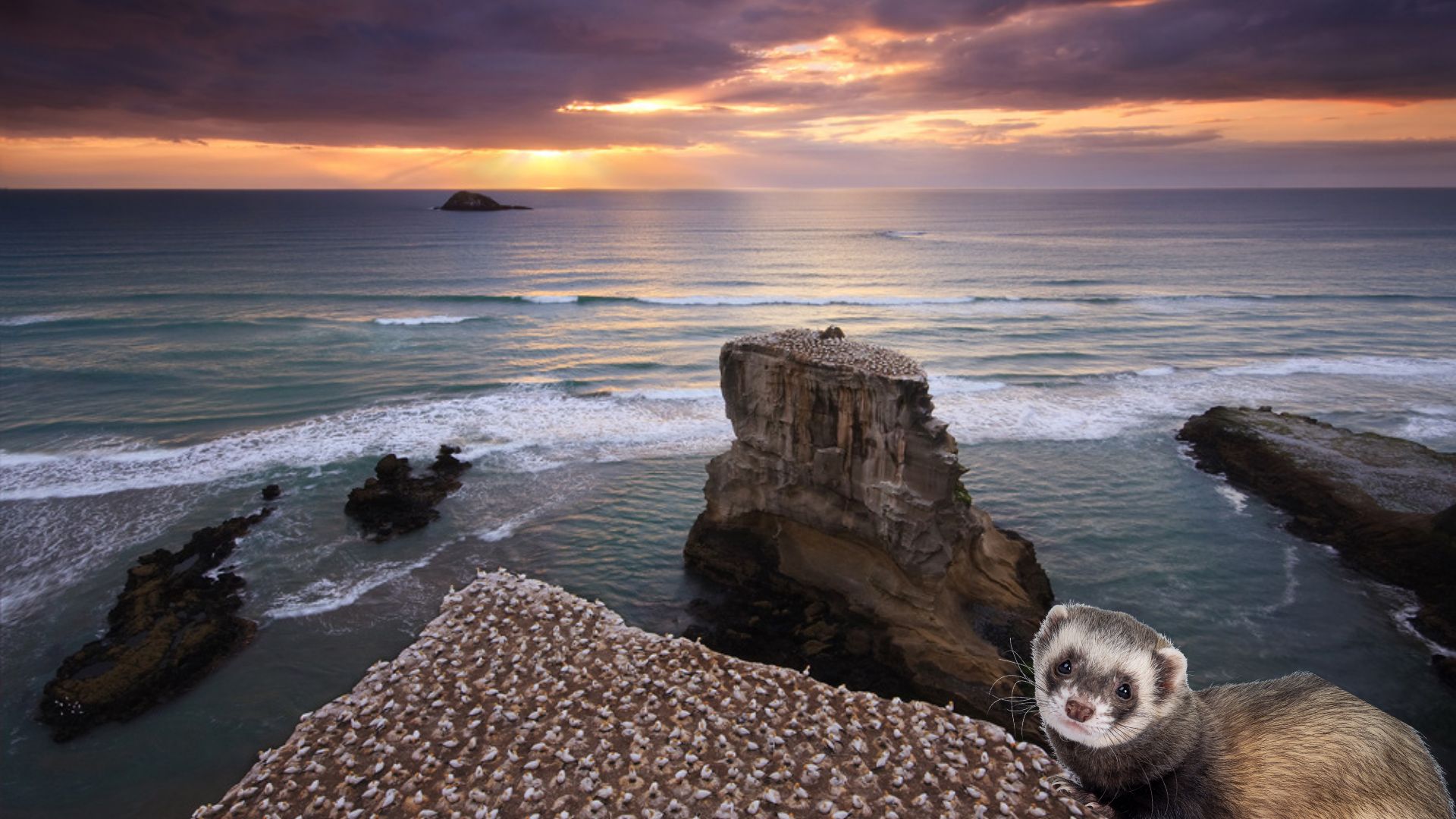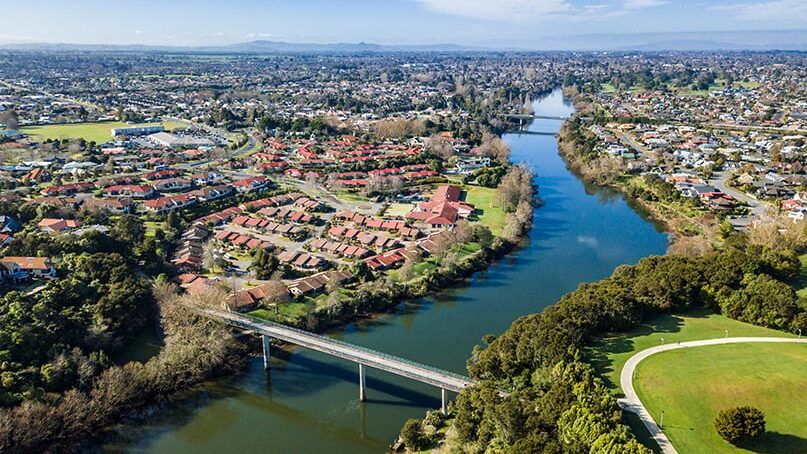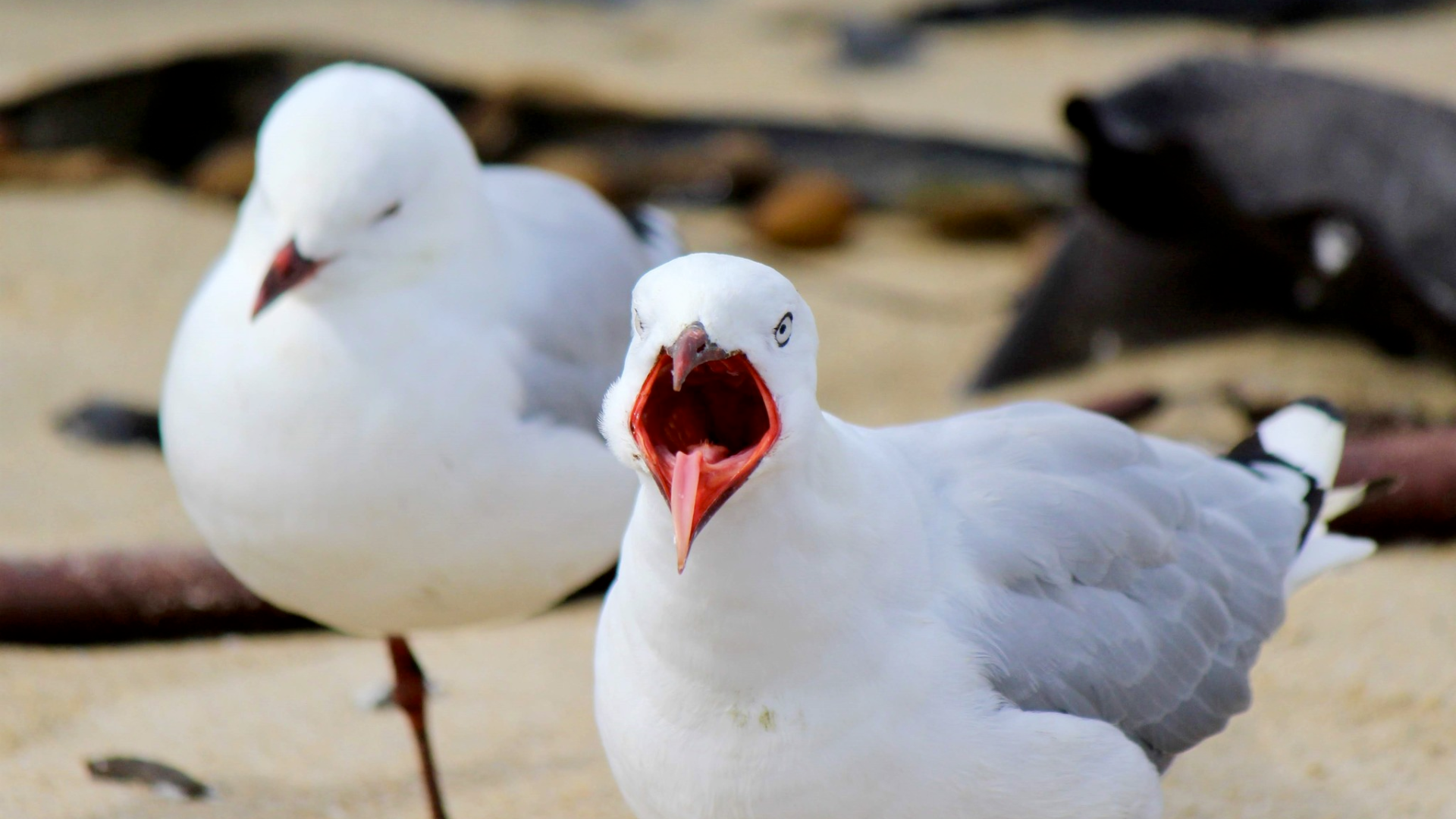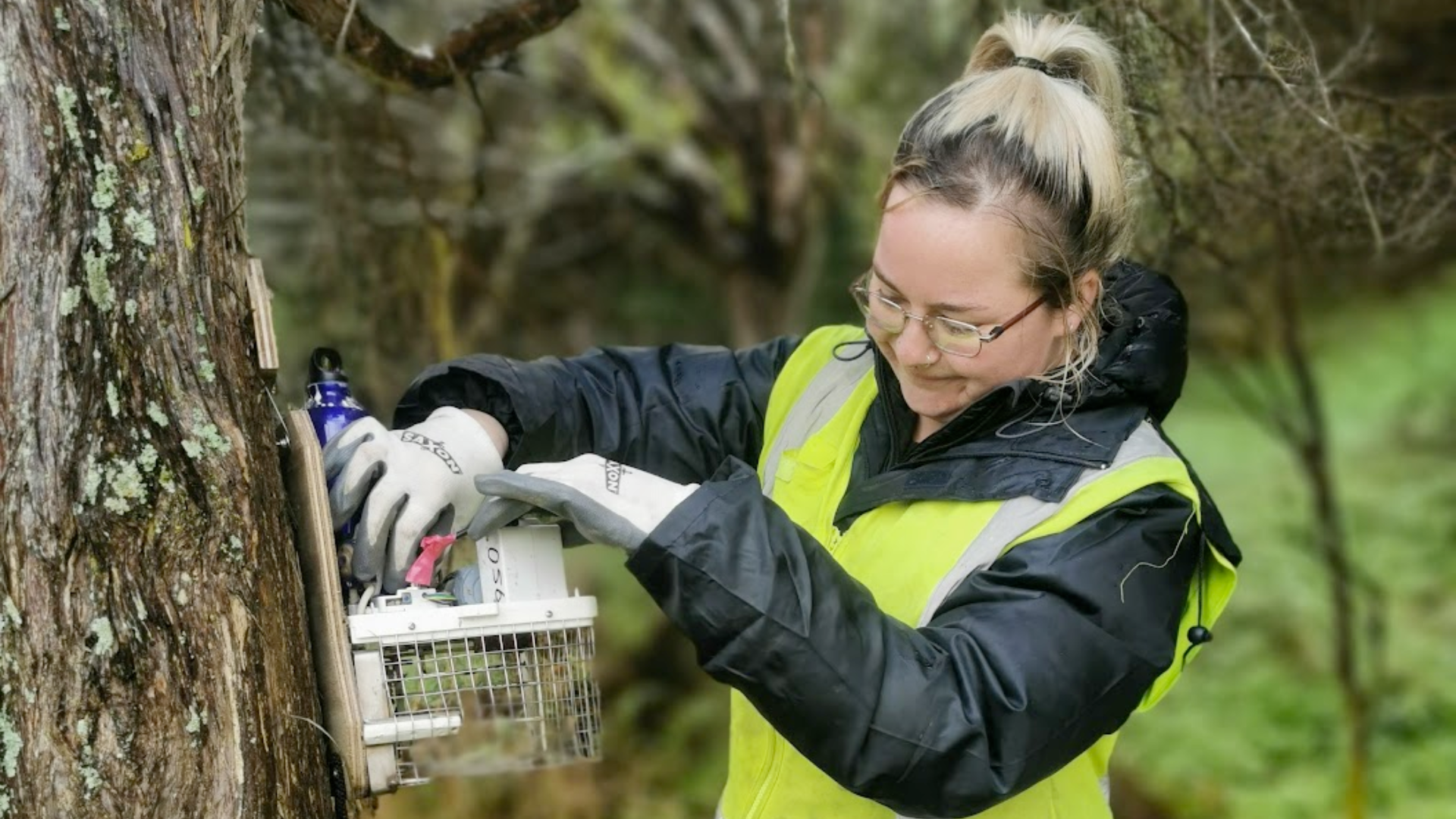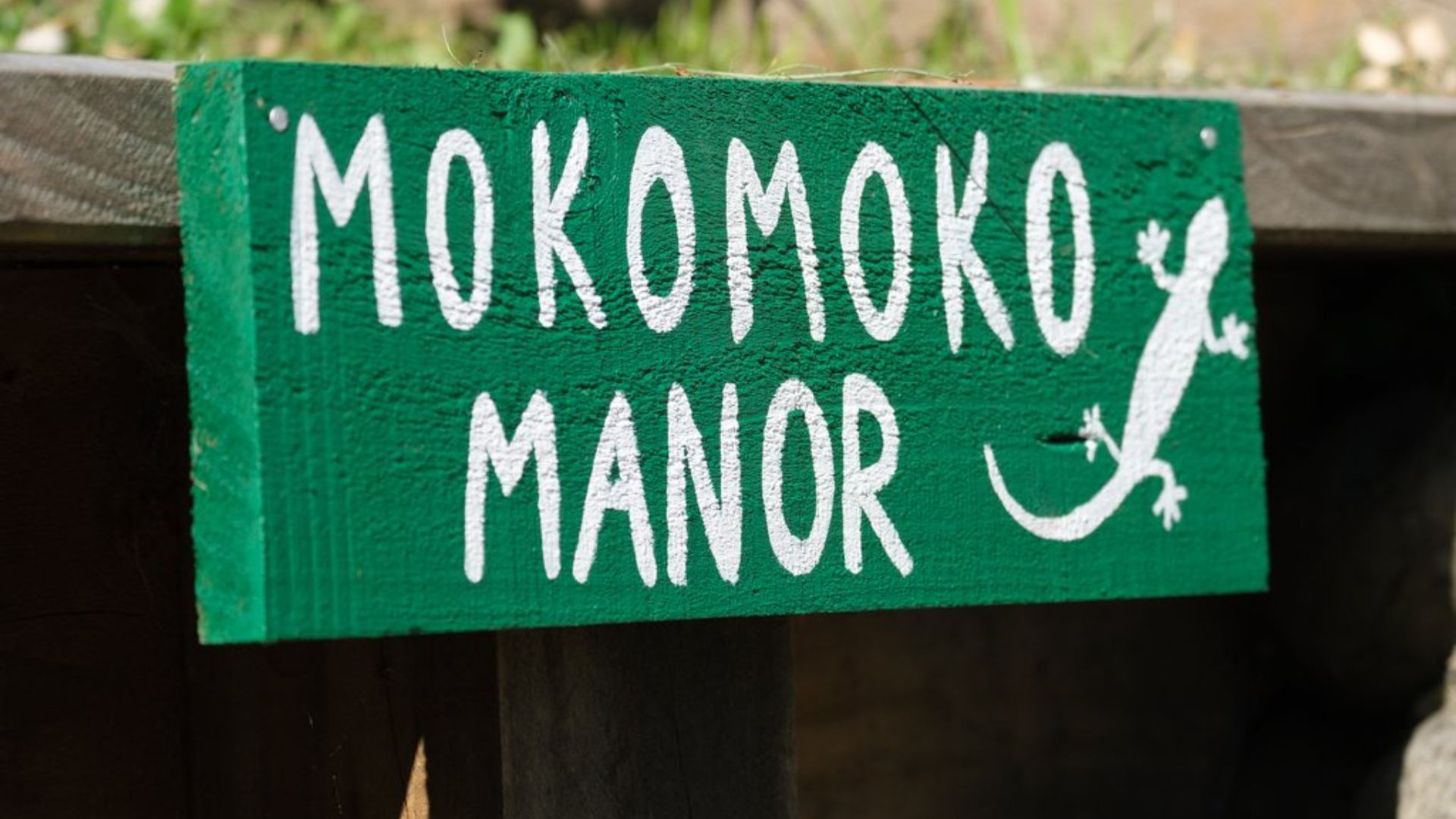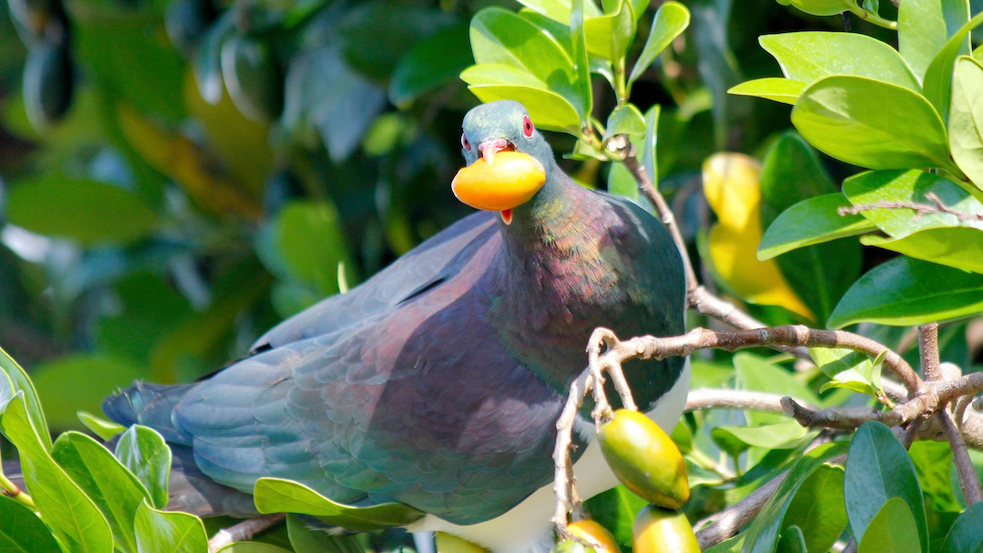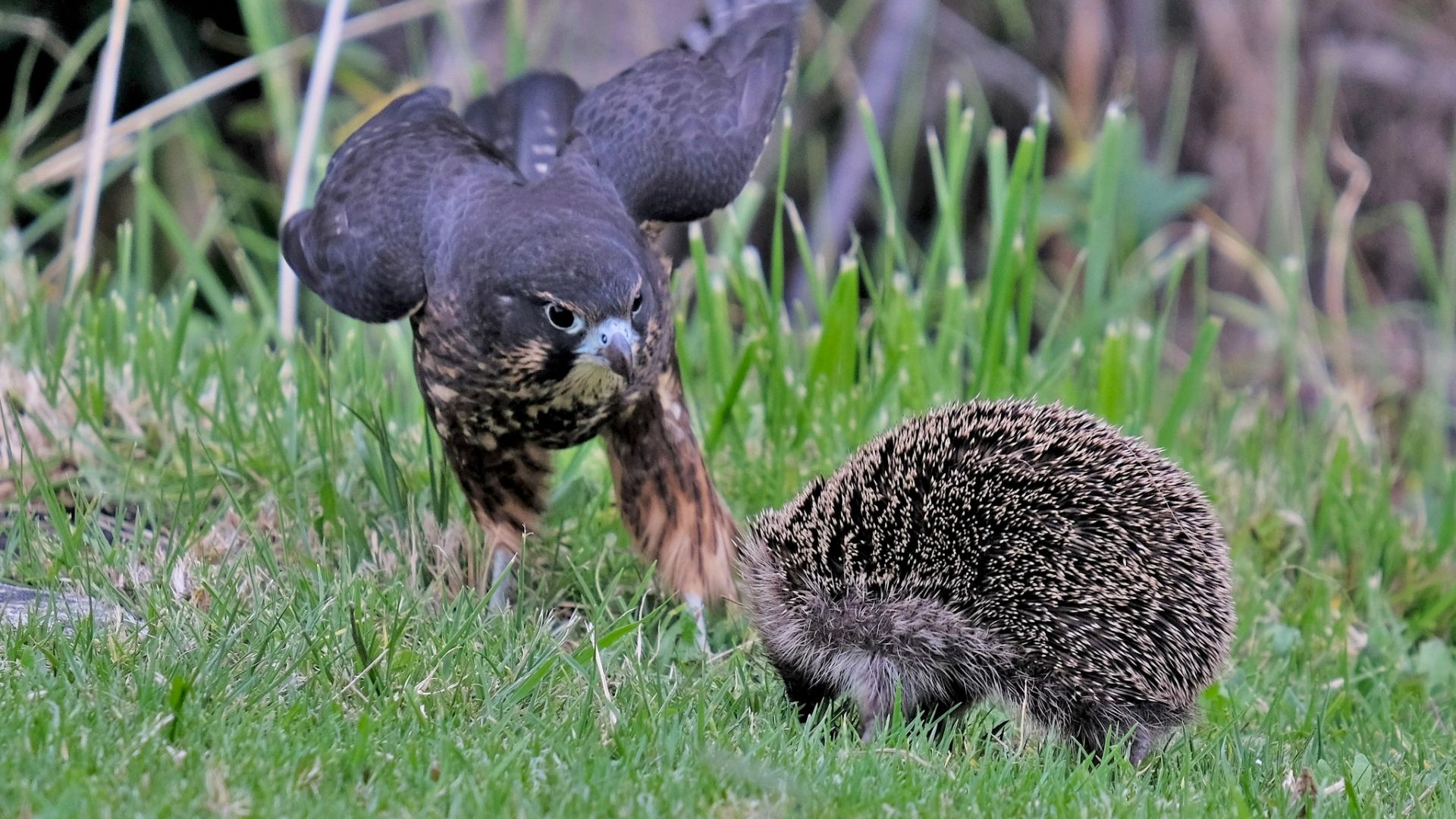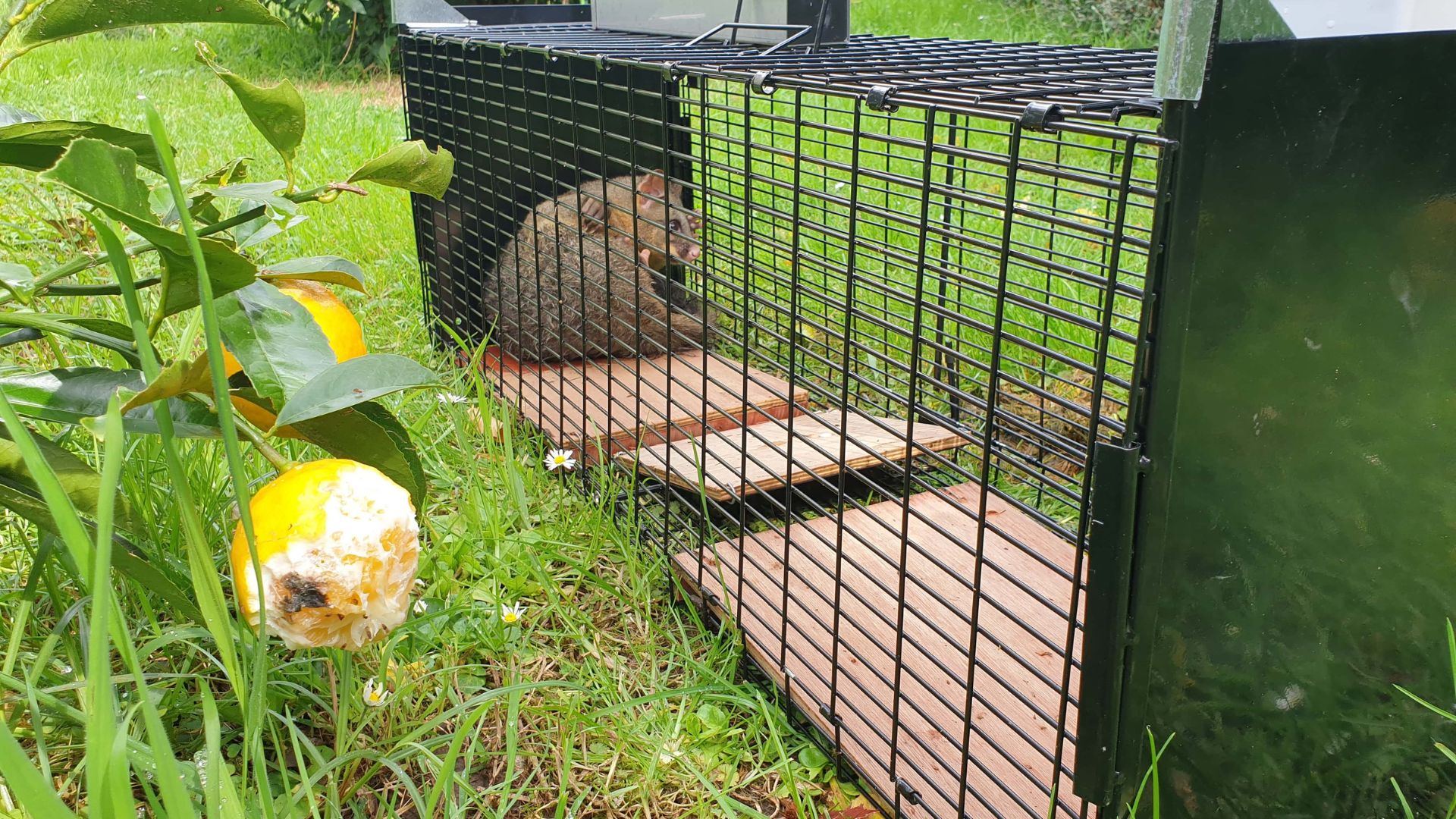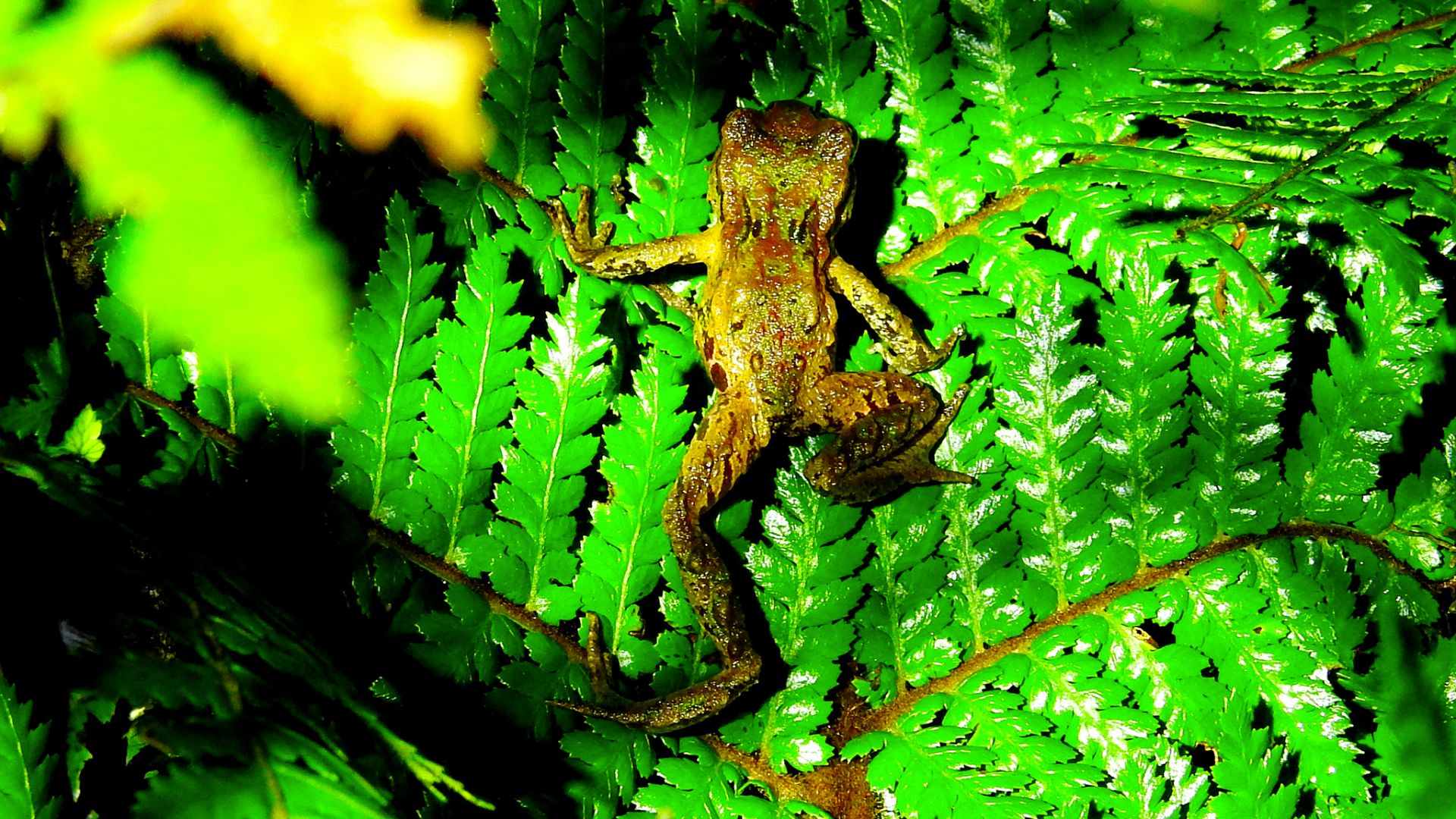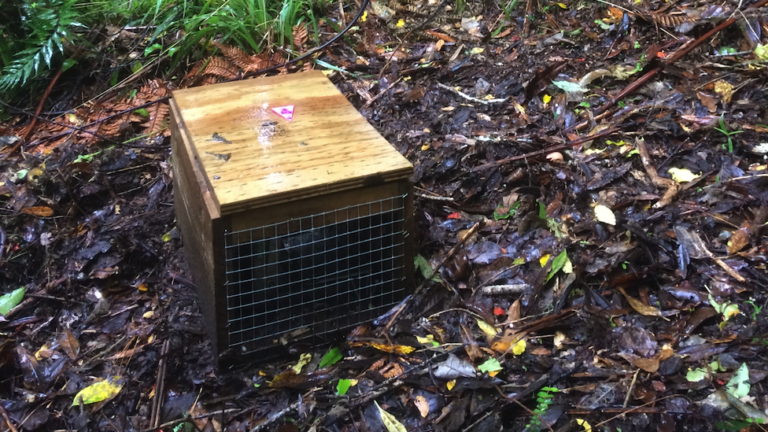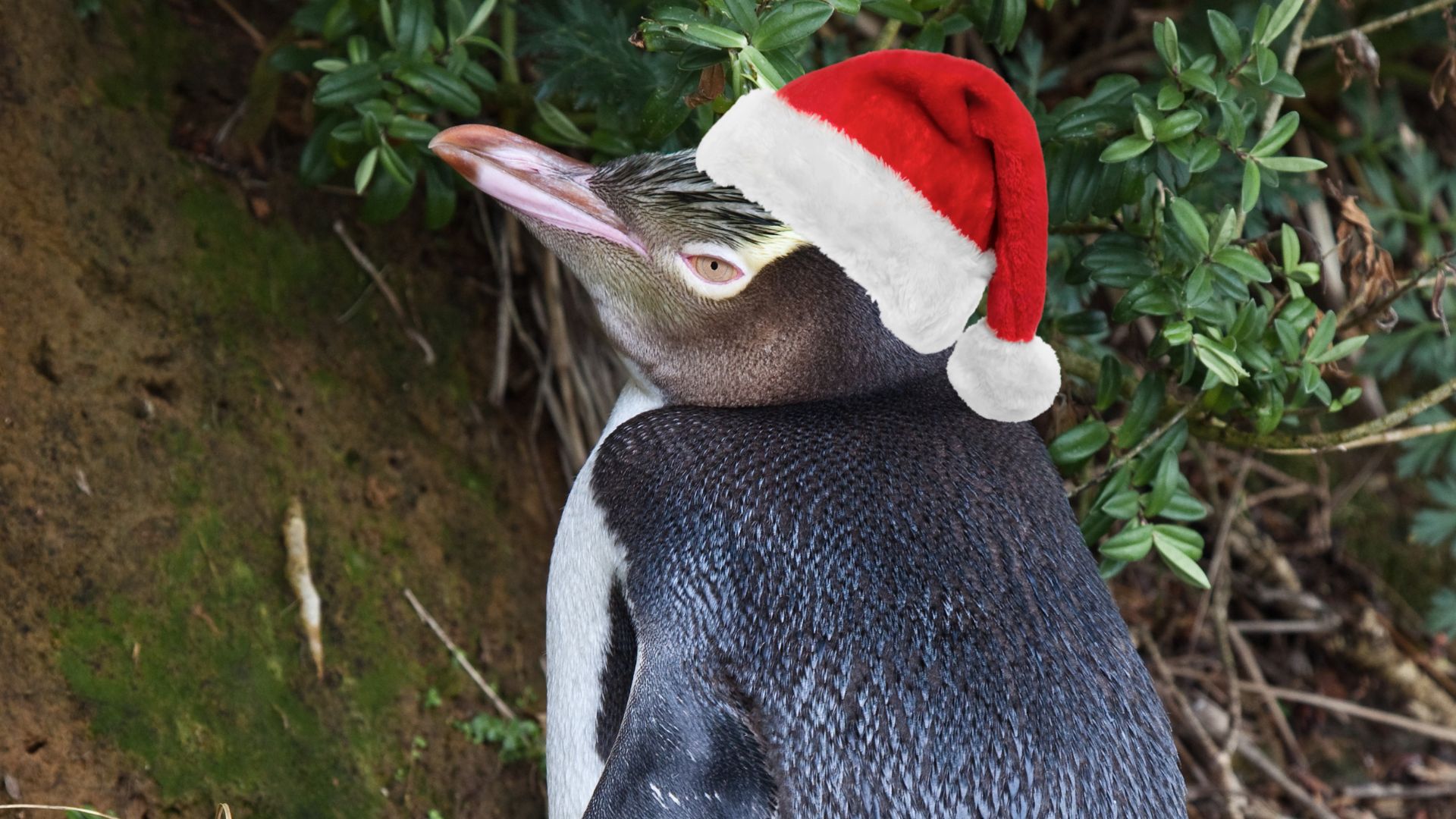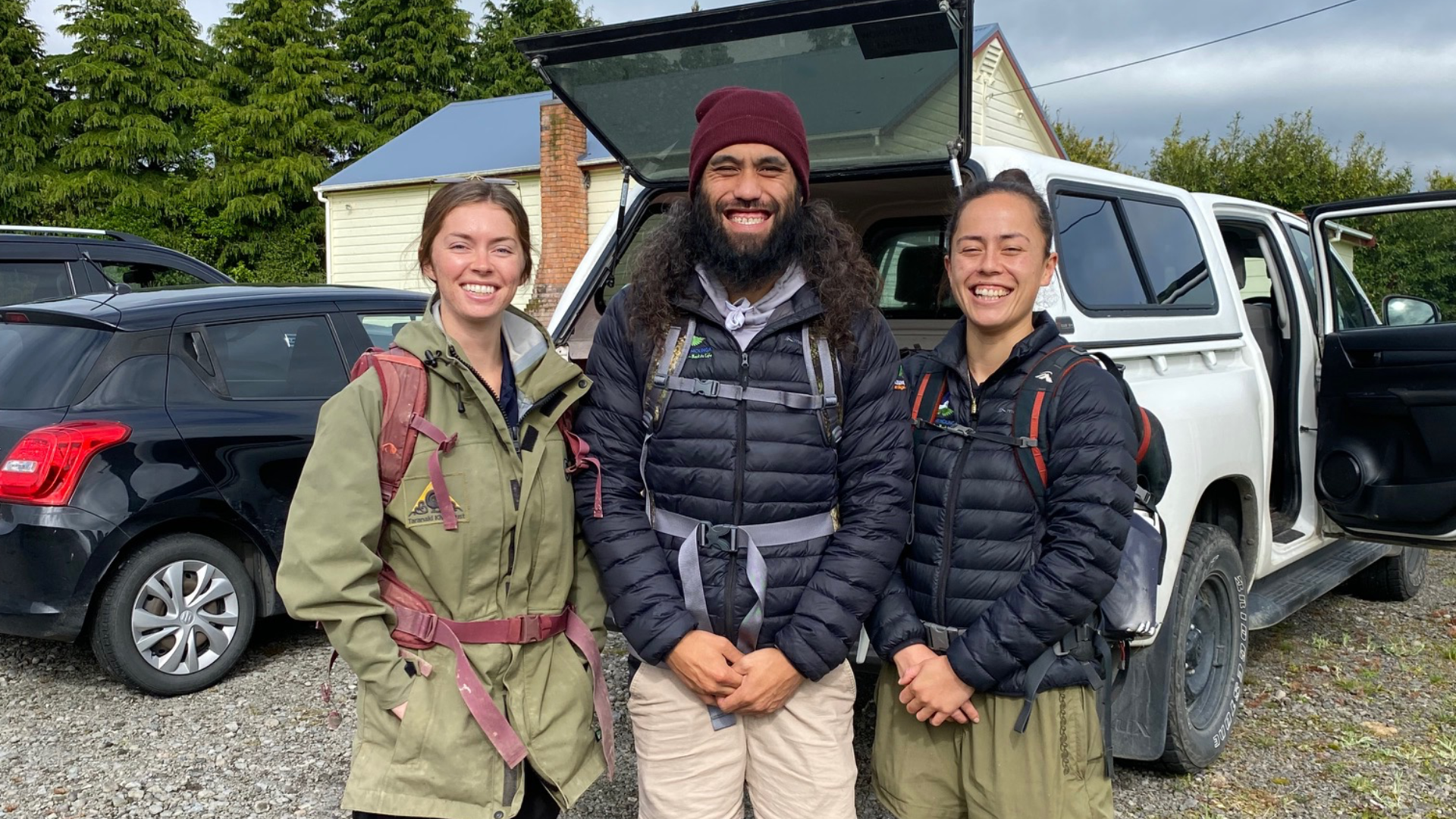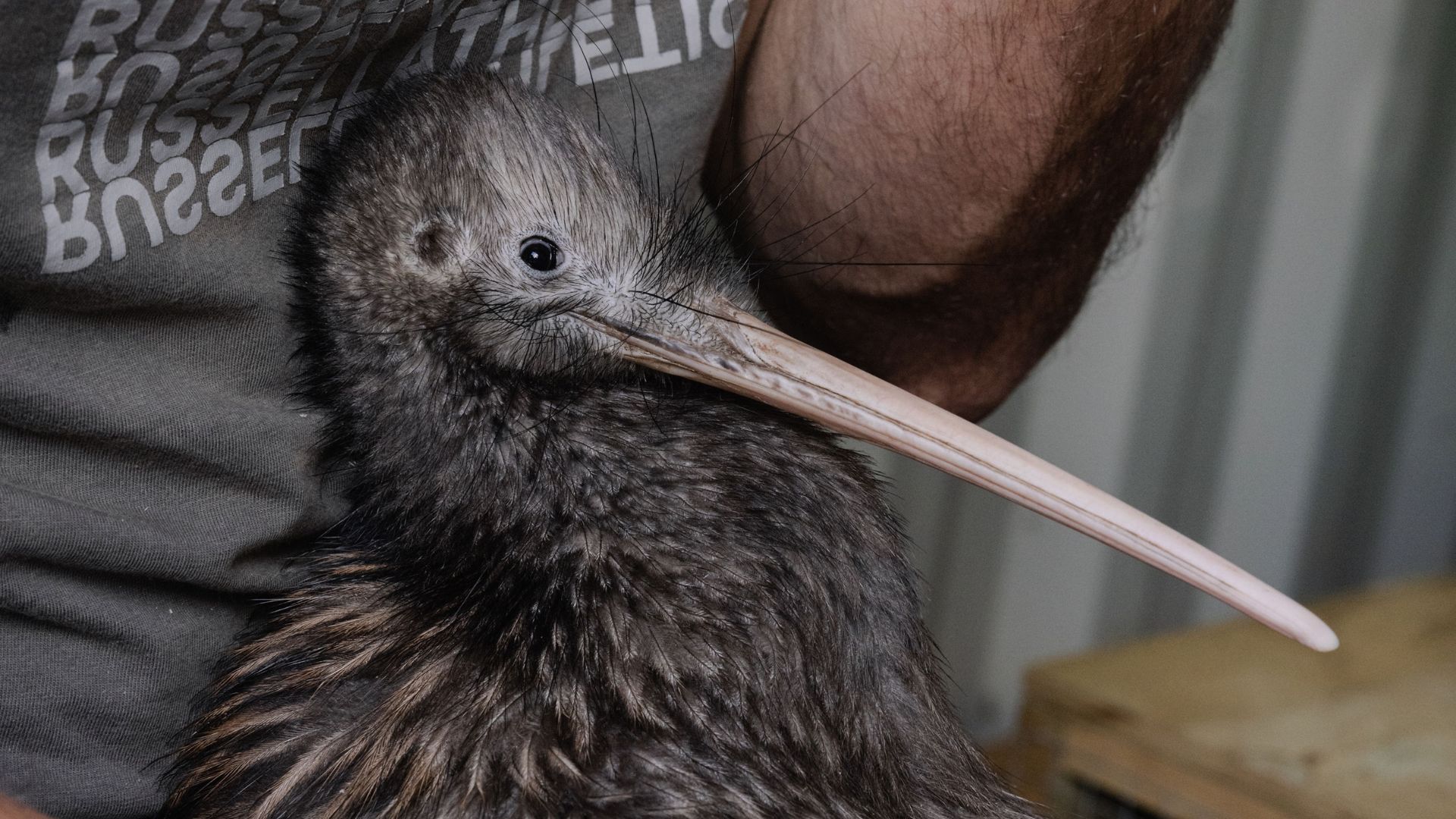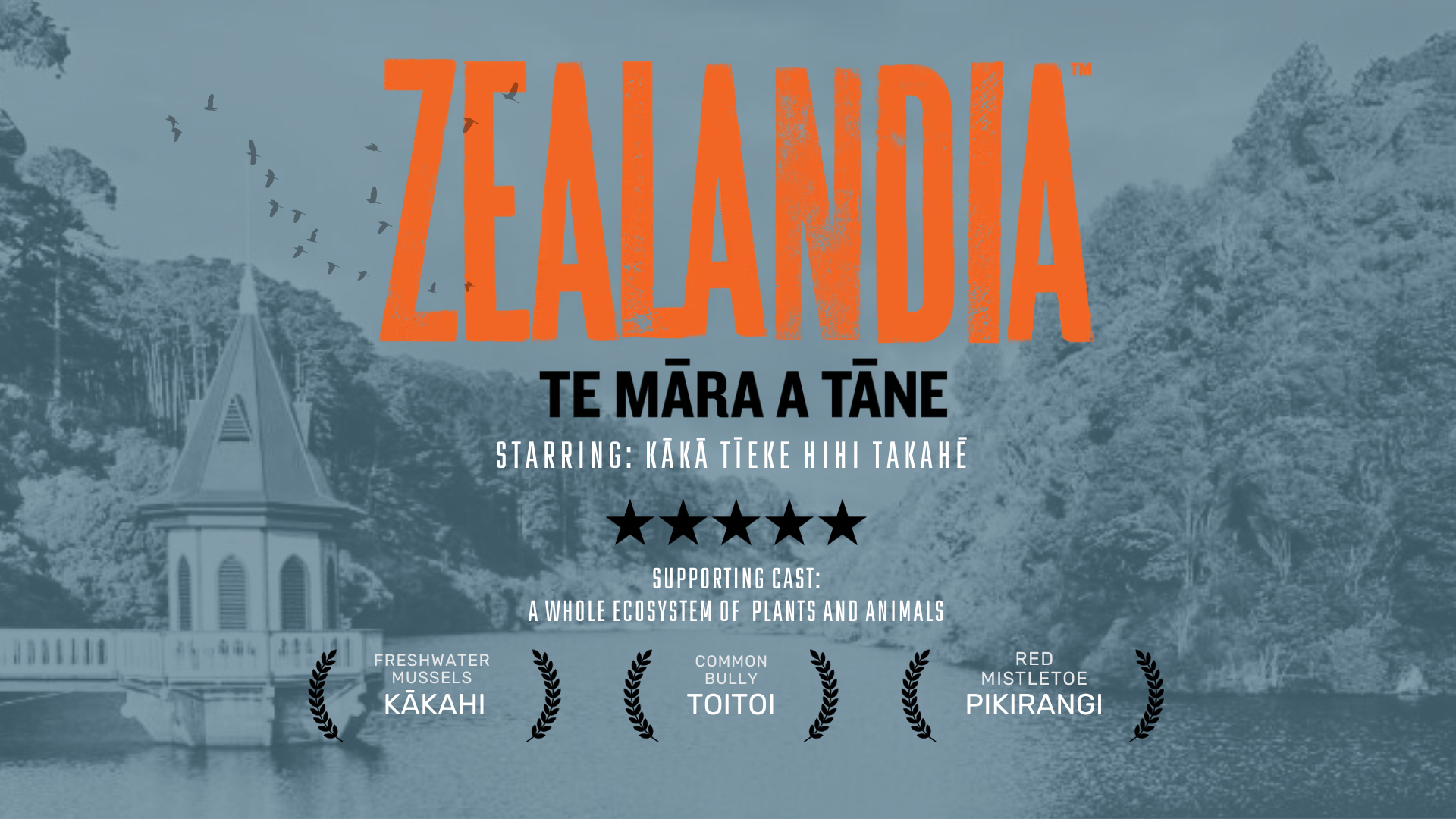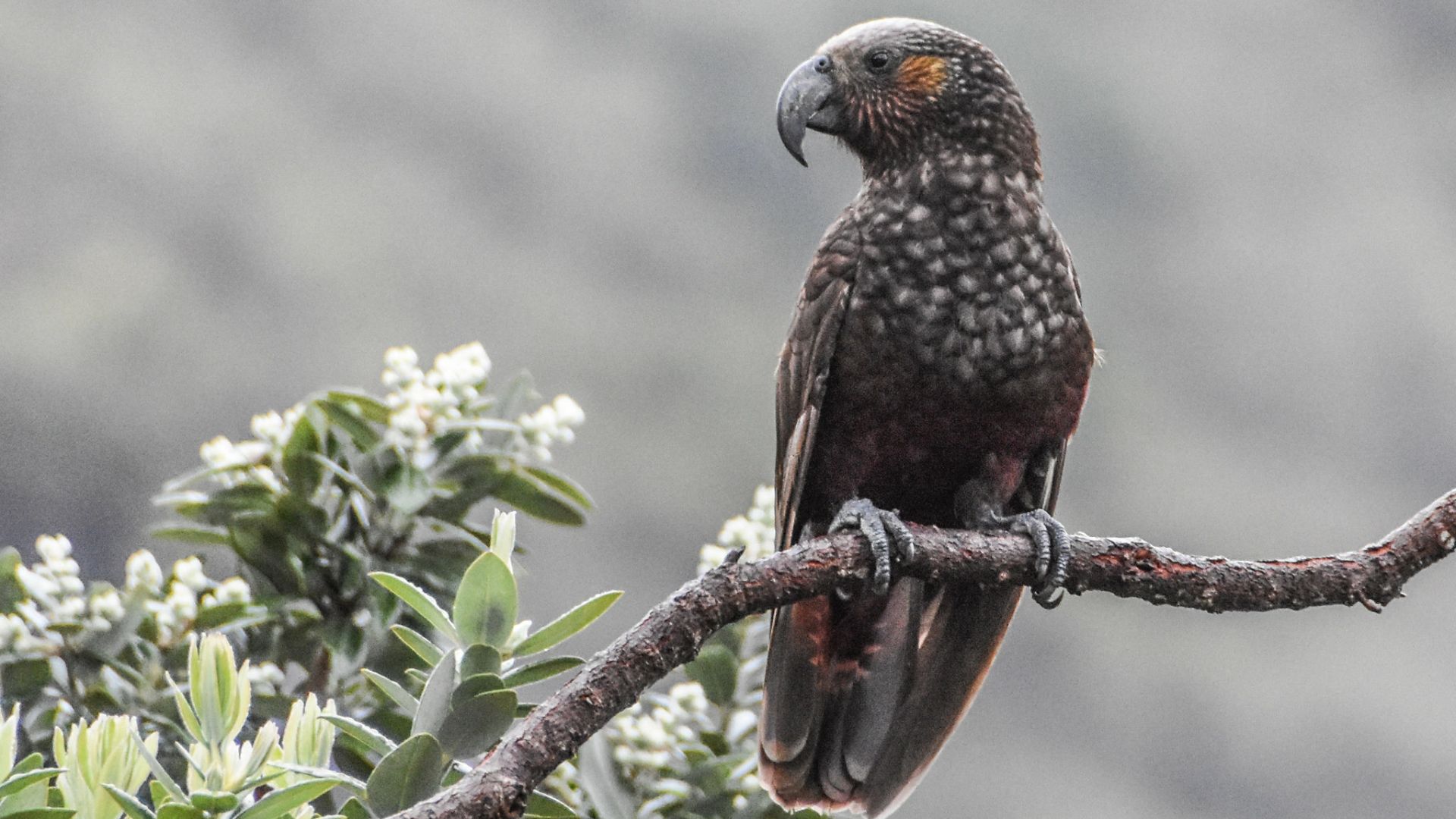Other articles tagged with Volunteers
Three chicks dead: teamwork catches Muriwai ferret
A ferret sniffing around petrel burrows and gannet colony on the west coast of Auckland ignited a race against time to protect the seabirds.
Restoring nature in the heart of Hamilton
Kirikiriroa (Hamilton) may be renowned for its beautiful gardens, but the city holds a surprising truth – much of its greenery is introduced plantlife.
Native chippy pinchers: 5 surprising facts about our native gulls
What comes to mind when you think of a gull? Noisy seaside neighbours? Picnic scavengers? How about declining species?
Inside out: Predator Free Apprentice leaves the nest
Nearly one in four young adults in Aotearoa New Zealand are suffering from high levels of anxiety, fatigue and depression. Jenilee found her place with the Apprentice programme.
Mokomoko Manor: how to create your own lizard garden
A step-by-step guide on how Holly Neill created her own Mokomoko Manor, a haven where skink buddies now live their best lives in her backyard.
Hatch a plan: 5 ways to kick off your predator free summer
Incorporating predator free activities into your summer is fun and fulfilling, but don’t just take our word for it. Here are five ideas that will fit seamlessly into your quintessential Kiwi summer.
5 super cool backyard wildlife encounters of 2023
An entirely subjective and contestable compilation of wonderful wildlife encounters in 2023 — all unfolding right in people's gardens.
Smarter not harder: the trap that adds clever to conservation
Traditional pest-trapping methods weren’t working. Predator Free Franklin spearheaded the creation of Tāwhiti Smart Cage.
A glimmer of hope for Archey’s frog survival in Waikato
Archey’s frogs survived the comet that decimated the dinosaurs - but this walnut-sized pekeketua (frog) is close to extinction on our watch. Could rat control be its saving grace?
Predator control: there’s no one tool to rule them all
An intricate web of ecological, technological, and logistical challenges makes it clear that a diverse range of tools and skills is required.
Predator free gift guide 2023
Our predator free-friendly gift guide will bring joy to your loved ones and contribute to protecting New Zealand's unique wildlife.
Four Taranaki predator free apprentices graduate
Four Predator Free Apprentices have graduated in tandem, and the future of conservation in the region is looking brighter than ever.
Running out of space: kiwi translocations
Breeding programmes have done a great job of bolstering kiwi numbers, but due to the need for large home ranges, do we have enough kiwi-safe spaces to comfortably house them?
Why is Zealandia Te Māra a Tāne translocating so many “unusual” species?
At Zealandia birds like kākā and takahē create a lively canopy and forest floor. But behind the scenes, there is a complex web of connections.
20 years of predator control quadrupled kākā population near Taupō
Large-scale, frequent and effective introduced predator control helped increase kākā density fourfold and improved the sex ratio.

